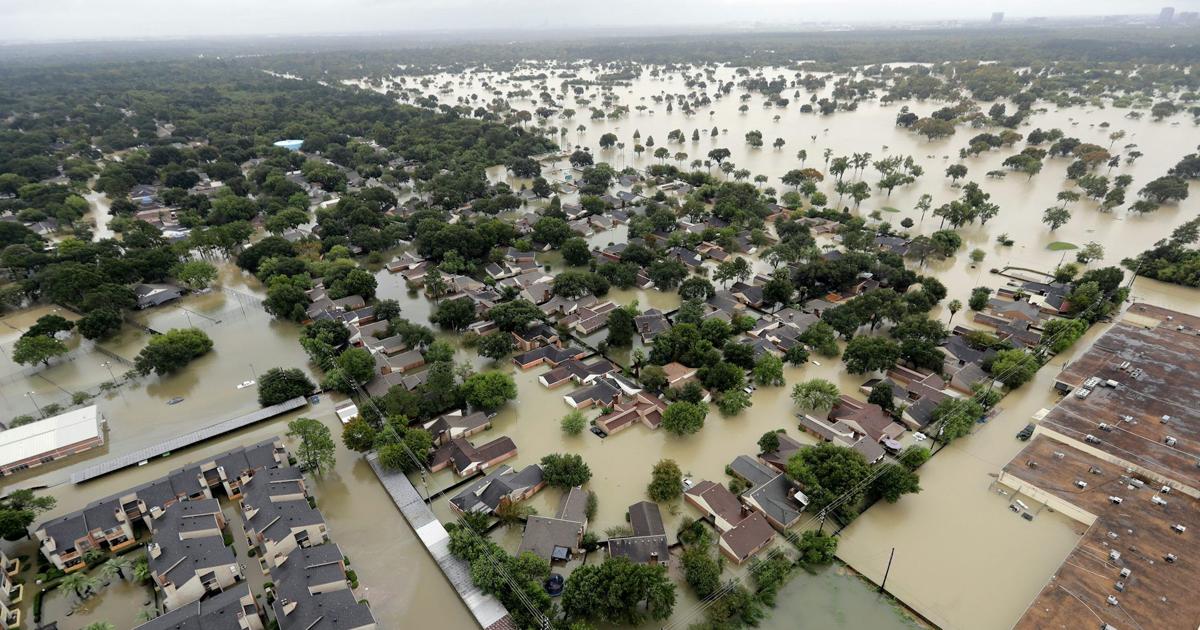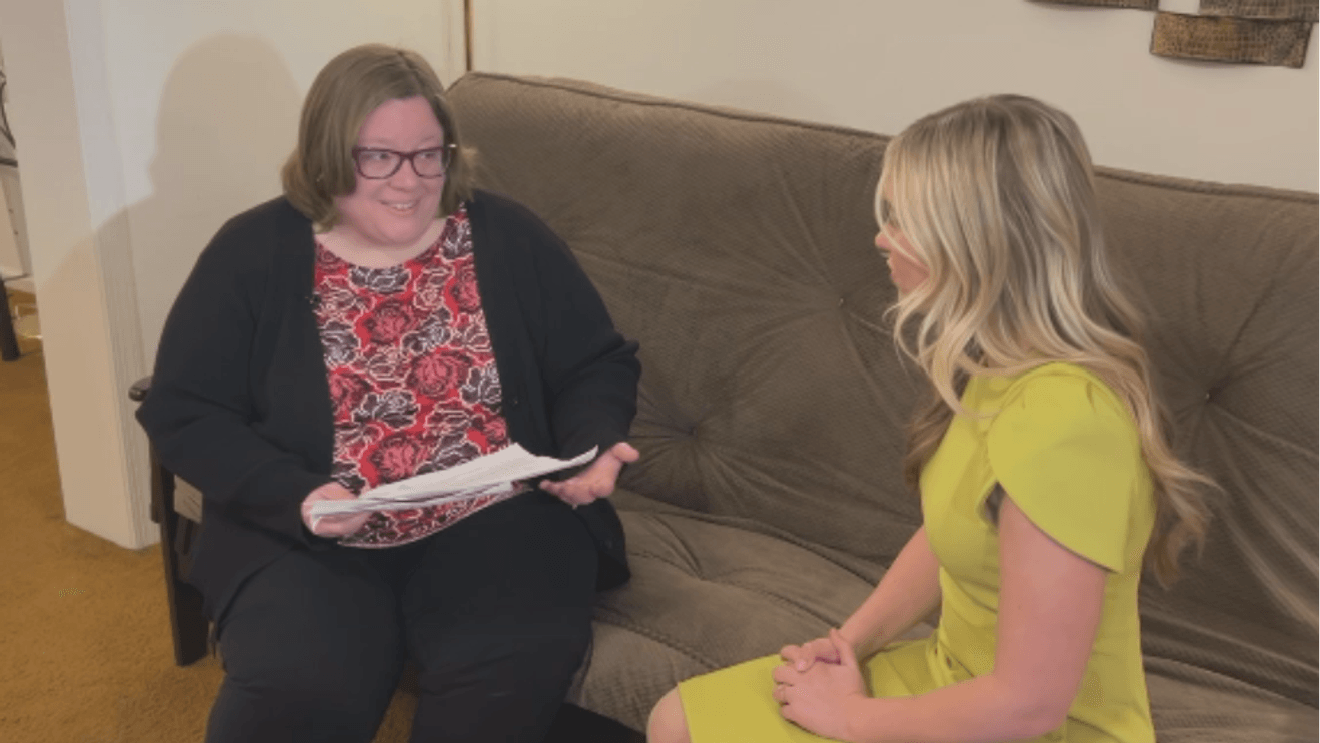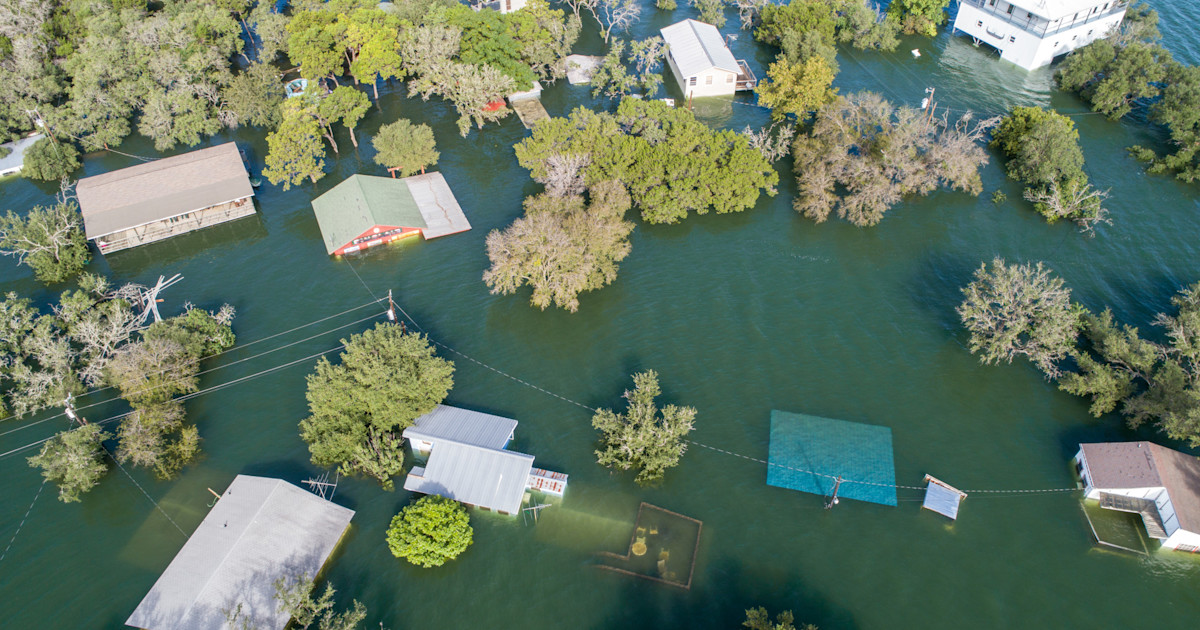I
n 2025, floods have struck nearly every state, turning neighborhoods into muddy wreckage. Homeowners repeatedly find themselves ripping out water‑logged wallboard and hauling damp carpet to the curb. While many wish to rebuild, a growing number are choosing to relocate—an age‑old strategy for coping with climate change and disaster recovery.
Experts predict that millions of Americans will move from properties that face escalating flood, fire, and other hazards. How these high‑risk homes are handled can either strengthen a community’s resilience or leave it exposed to future storms. Our research on flood resilience has mapped the outcomes of government buyout programs that purchase damaged houses and convert the land into open space or infrastructure.
The latest national maps reveal that most people who leave buyout areas remain nearby, typically within 5 to 10 miles of their former homes. Yet the majority of them sell or rent their properties rather than accept a federal buyout, passing the flood risk on to new occupants and keeping the danger in the community.
FEMA’s buyout program has been a cornerstone of post‑disaster recovery. By purchasing and demolishing high‑risk homes, the program creates natural flood plains, parks, or new infrastructure that protects surrounding areas. Over the past two decades, FEMA has spent nearly $4 billion to raze about 45,000 flood‑prone houses. Studies show that every dollar invested saves $4 to $6 in future disaster costs. Homeowners receive a pre‑disaster valuation, minus any insurance payout.
However, the program now faces uncertainty. The Trump administration cut FEMA staff and funding, and the president has hinted at dismantling the agency. Between March and September, 42 governors applied for Hazard Mitigation Grant Program funds—including buyout projects—but all applications were denied or left pending by mid‑September. Our recommendation is to repair, not abolish, the program. Properly managed buyouts can preserve local ties and help communities build sustainable futures.
Rice University’s Center for Coastal Futures and Adaptive Resilience developed an interactive map that tracks where buyout participants and their neighbors move after a FEMA buyout is launched. Using address‑level data from 2007 to 2017 across more than 550 counties, the tool shows over 70,000 residents who relocated following buyouts. The maps illustrate that while the program has helped communities nationwide, the vast majority of movers—about 14 out of 15—are not buyout participants. They relocate through ordinary real‑estate transactions, transferring risk to new owners rather than removing the property from the market.
Key lessons emerge from the data. Moves from buyout areas average 5 to 10 miles, indicating that most people stay within their local community. Nearly all relocations end in homes with minimal or no flood risk, as verified by First Street Foundation flood‑risk ratings now embedded in many real‑estate listings. Yet many high‑risk homes continue to be sold or rented, leaving communities to gamble with climate exposure.
The future of safer communities hinges on expanding voluntary buyout programs at the federal, state, and local levels. By offering longer participation windows, owners gain flexibility to decide when to sell and demolish, ensuring that risky properties are removed from the market instead of handed to new residents. Rising insurance costs, intensifying storms, and growing public awareness already curb sales in some areas, but coordinated buyout efforts can accelerate the transition to resilient, low‑risk neighborhoods.















